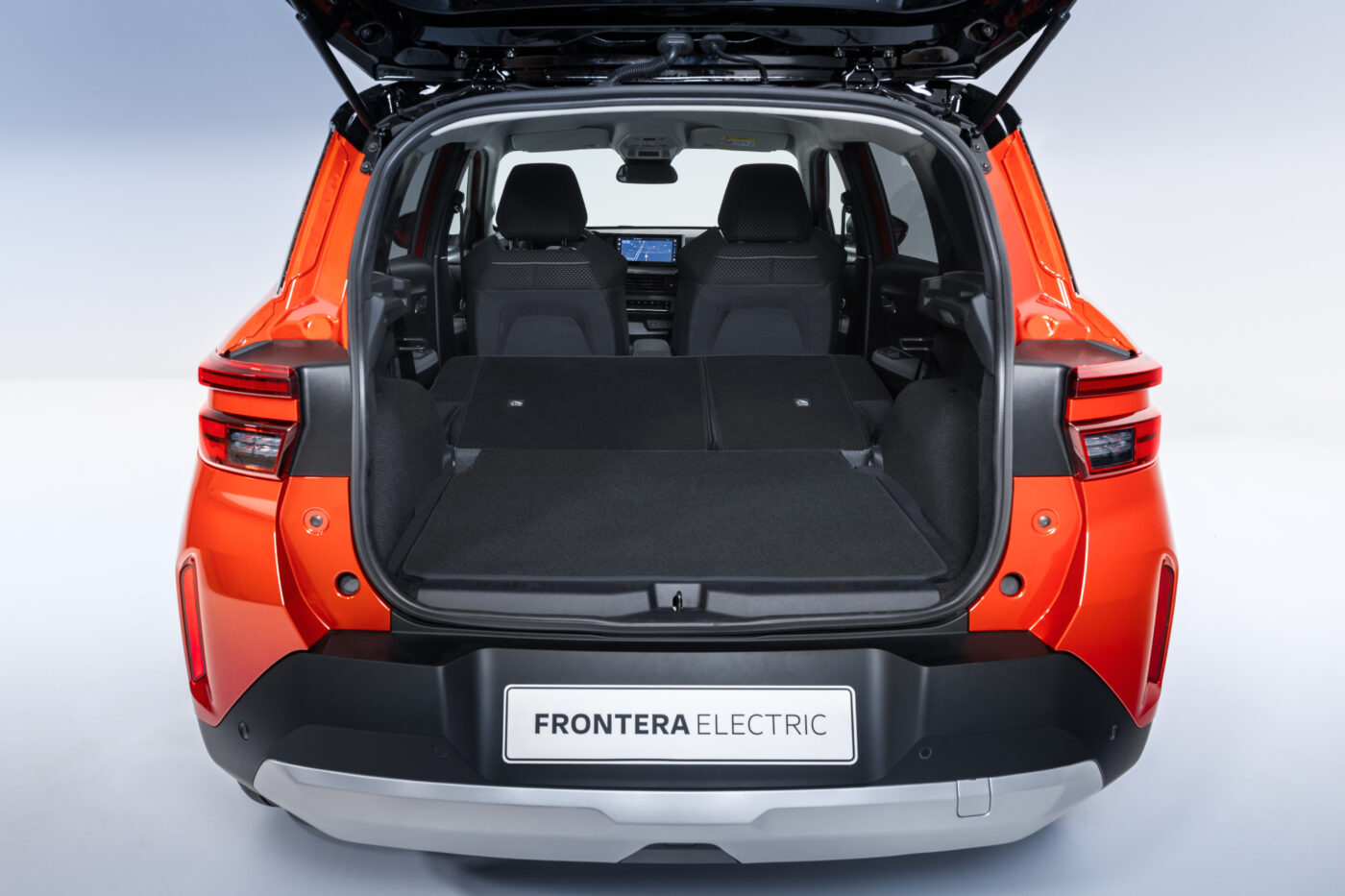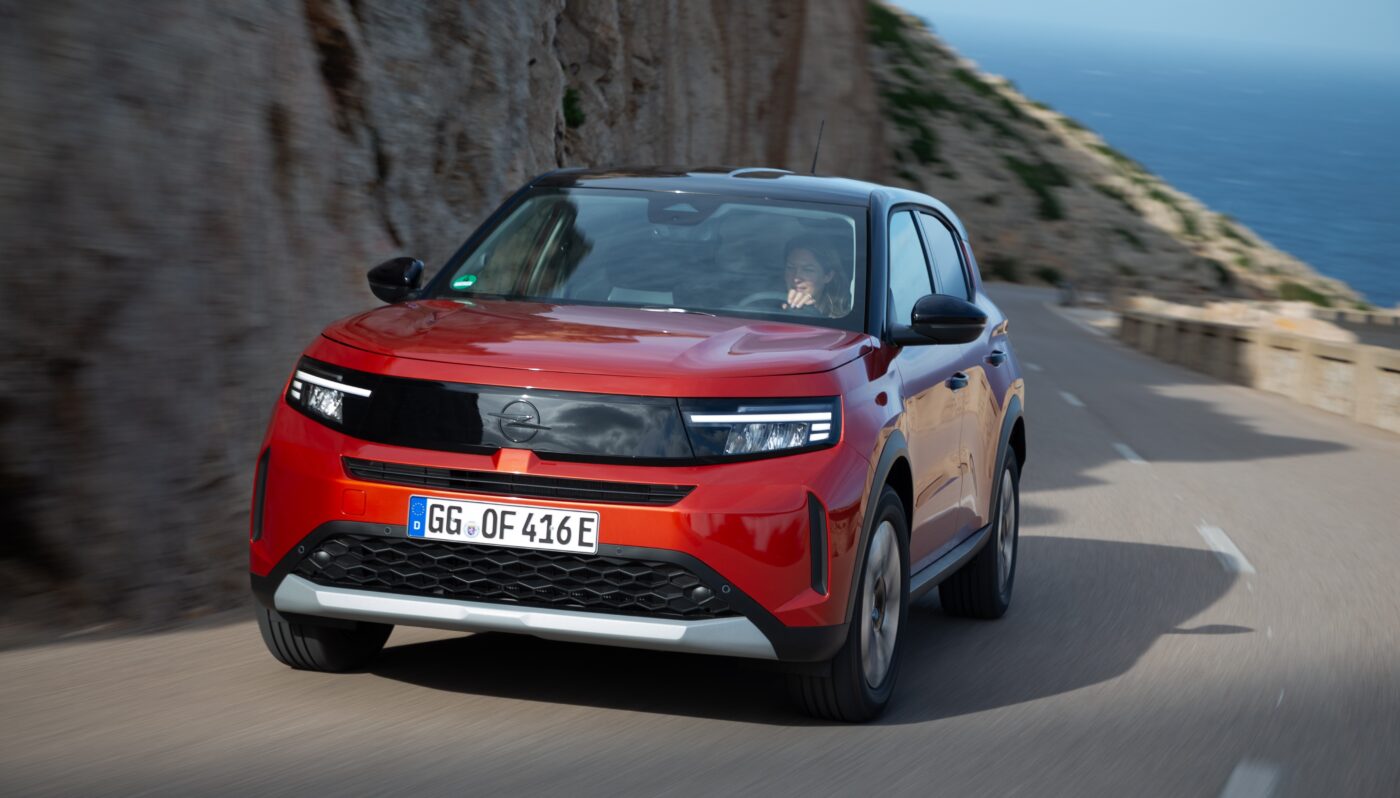Cupra Dark Rebel: The dark side of the Force
With the two-seater Dark Rebel show car, Cupra impressively demonstrates how it is possible to rebel against conventional design concepts and interpret sportiness in the age of electric drive - a visual inspection.
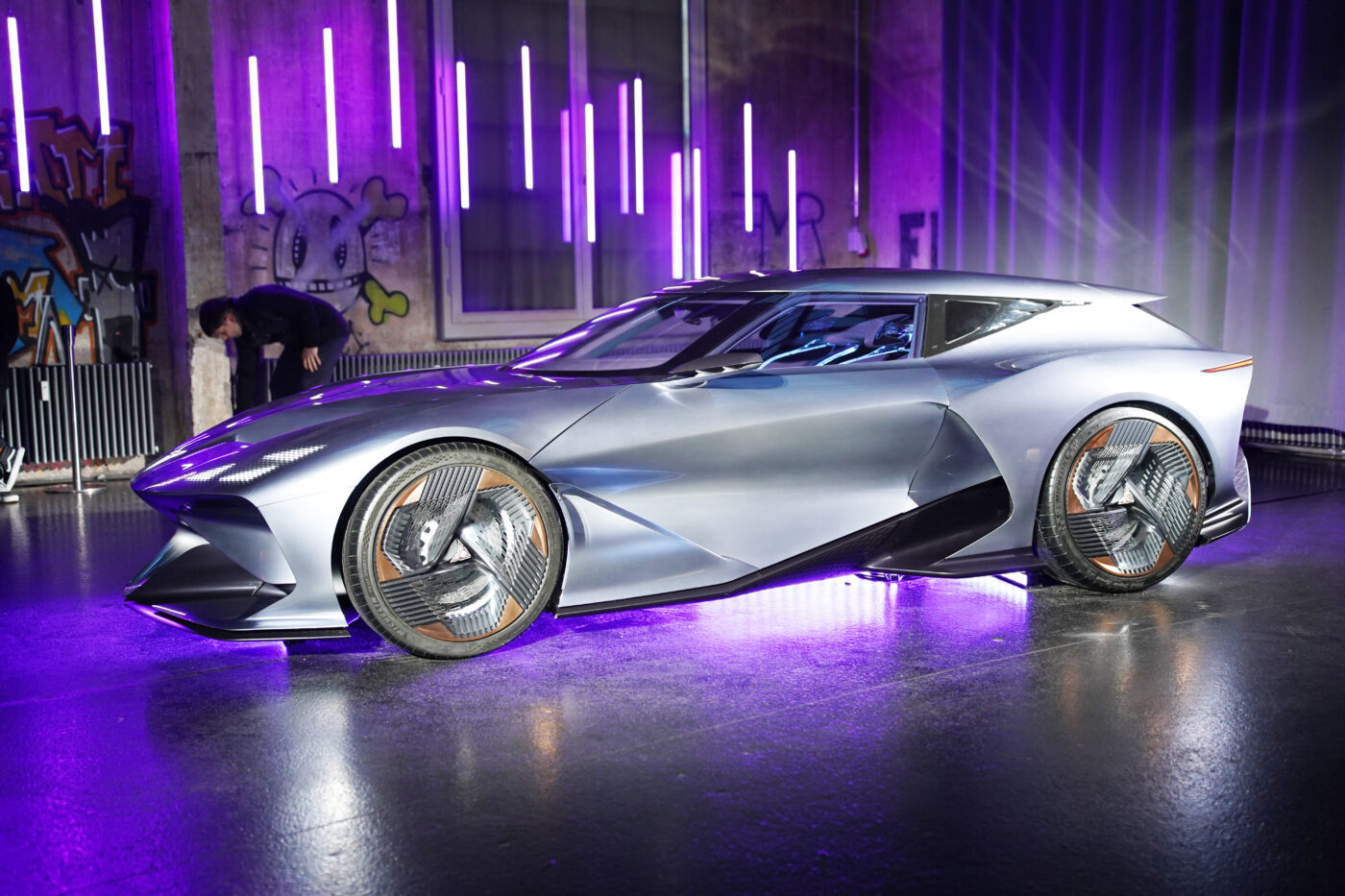
Rico Christoffel has been the new head of Seat and Cupra in Switzerland since the beginning of 2025. And he and his team have already brought a real highlight to the dealer meeting in Switzerland: the Cupra Dark Rebel. The expressive show car shows the most concentrated essence of passion and sportiness that a two-seater Shooting Brake with electric drive can currently convey. Its designer Alfredo Marin lets his gaze wander over the car and explains: "Without the burden of the past, we were able to create something new at Cupra. That helps when we are working on such projects at the development center in Martorell or around 30 minutes away in the heart of Barcelona."
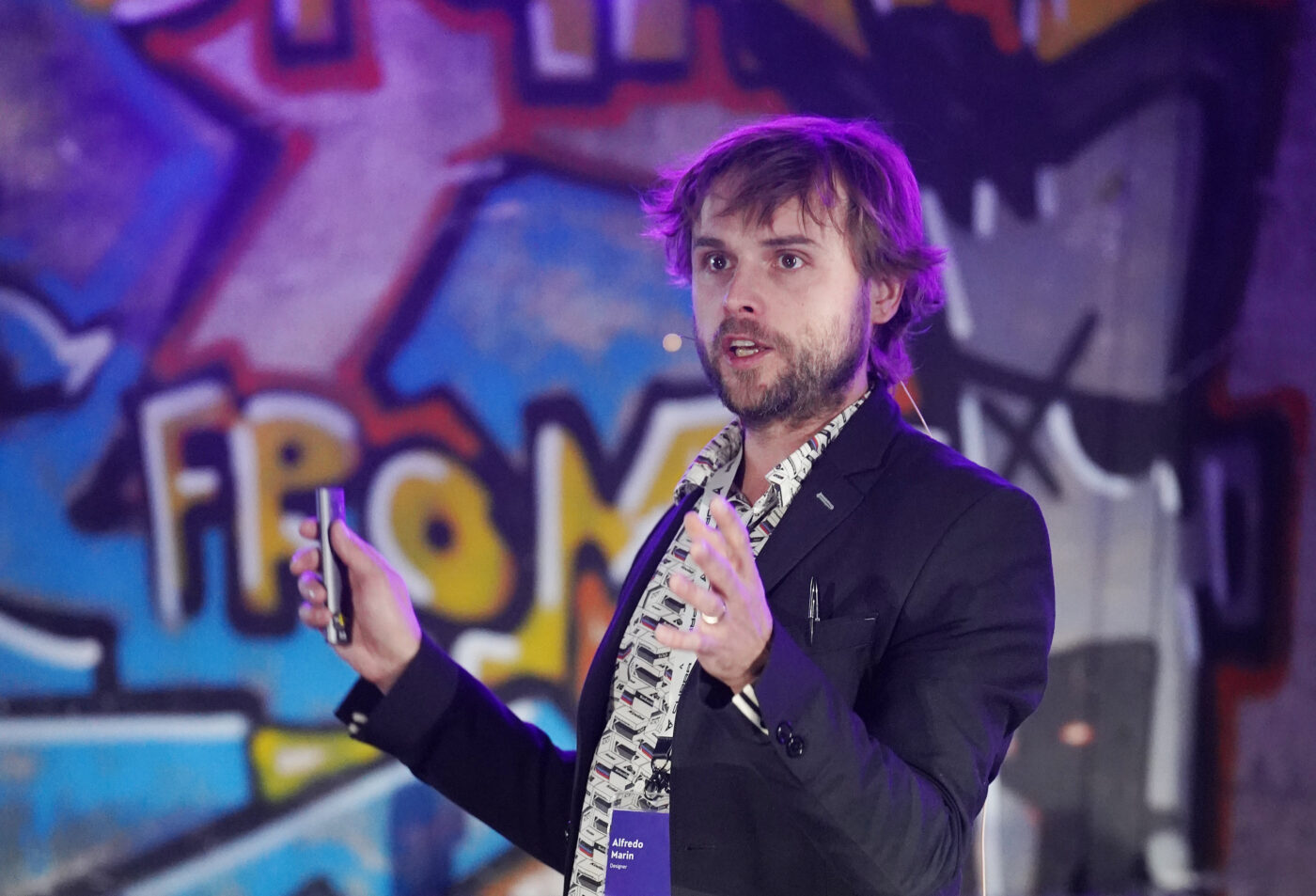
Customers - also known as the "tribe" in the youthful, sporty Cupra brand - made 270,000 configuration suggestions for the Dark Rebel, after which it was developed completely virtually. "Of course, we couldn't use every suggestion, but we implemented the most popular details and used them to create the Dark Rebel show car, which perfectly illustrates the rebellious, different nature of our brand," says Alfredo Marin.

And looking at the 4.50 meter long and just 1.30 meter high e-supersports car with its incredibly long snout, sculpted surfaces, athletic shoulders and almost fearsome diffuser at the rear, Marin adds: "We want to be the black sheep and not go with the flow. The Cupra Dark Rebel is the maximum provocation of the Cupra design. We also have to reach the next generation with it. That's why it also contains certain elements that are familiar from the gaming world."
 If you open the two gullwing doors, which swing upwards to a height of 2.20 meters, you have a clear view of a rather plain cockpit. The Supersport bucket seats with glass and copper headrests are covered with a 3D knitted fabric. The asymmetrical center console was also produced using the latest 3D metal printing technology. The gearshift is located on this central backbone of the car, is made of fine glass and is backlit for a special effect.
If you open the two gullwing doors, which swing upwards to a height of 2.20 meters, you have a clear view of a rather plain cockpit. The Supersport bucket seats with glass and copper headrests are covered with a 3D knitted fabric. The asymmetrical center console was also produced using the latest 3D metal printing technology. The gearshift is located on this central backbone of the car, is made of fine glass and is backlit for a special effect.
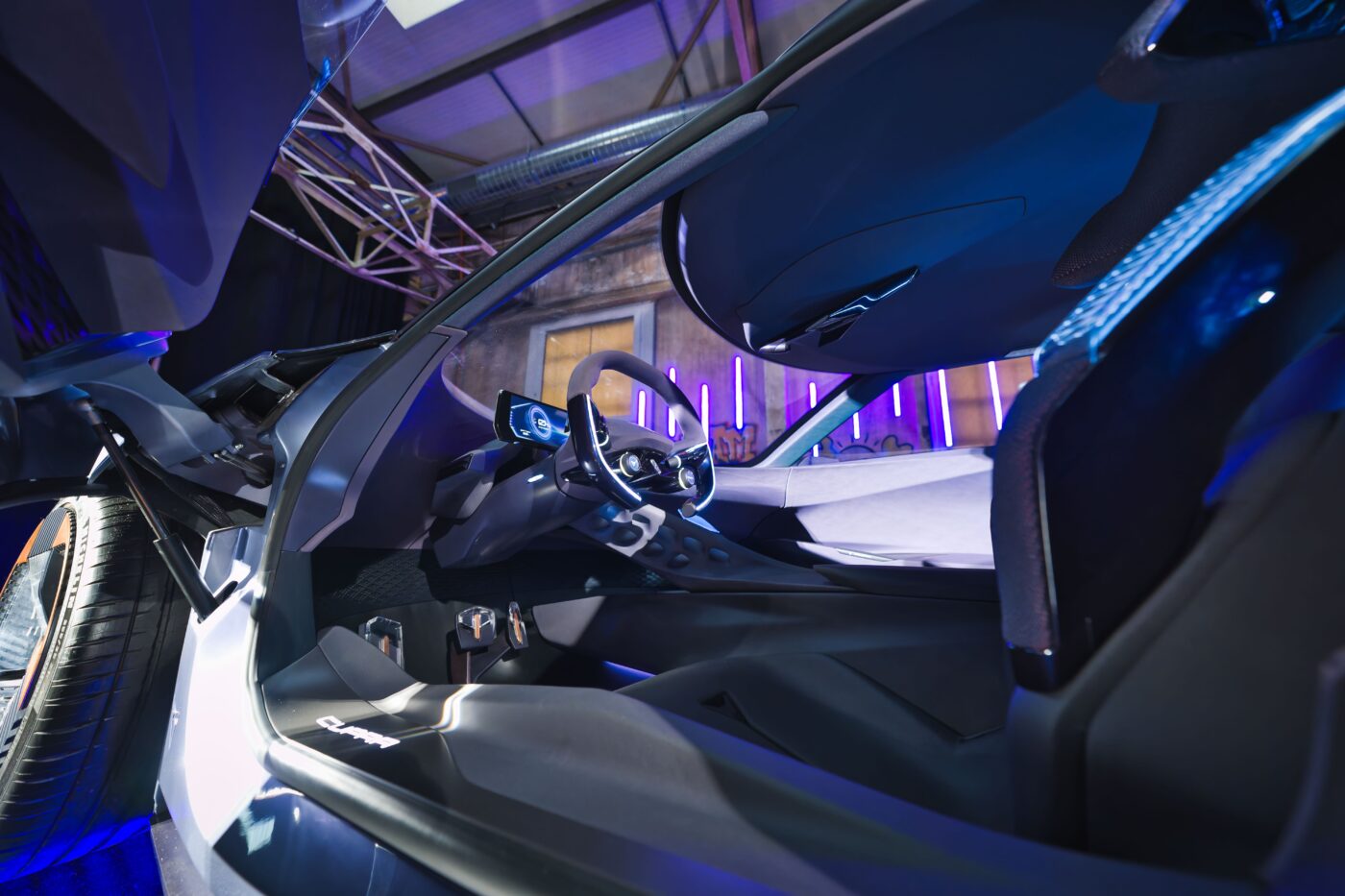
"We deliberately combine almost sensual surfaces with sharp lines to create tension. The almost liquid-like color of the car, a dark blue to violet that constantly changes depending on the light, further emphasizes this," the Spanish designer proudly explains. Logically, a Cupra should not be without the copper-colored elements typical of the brand, such as the aero covers of the mighty wheels.
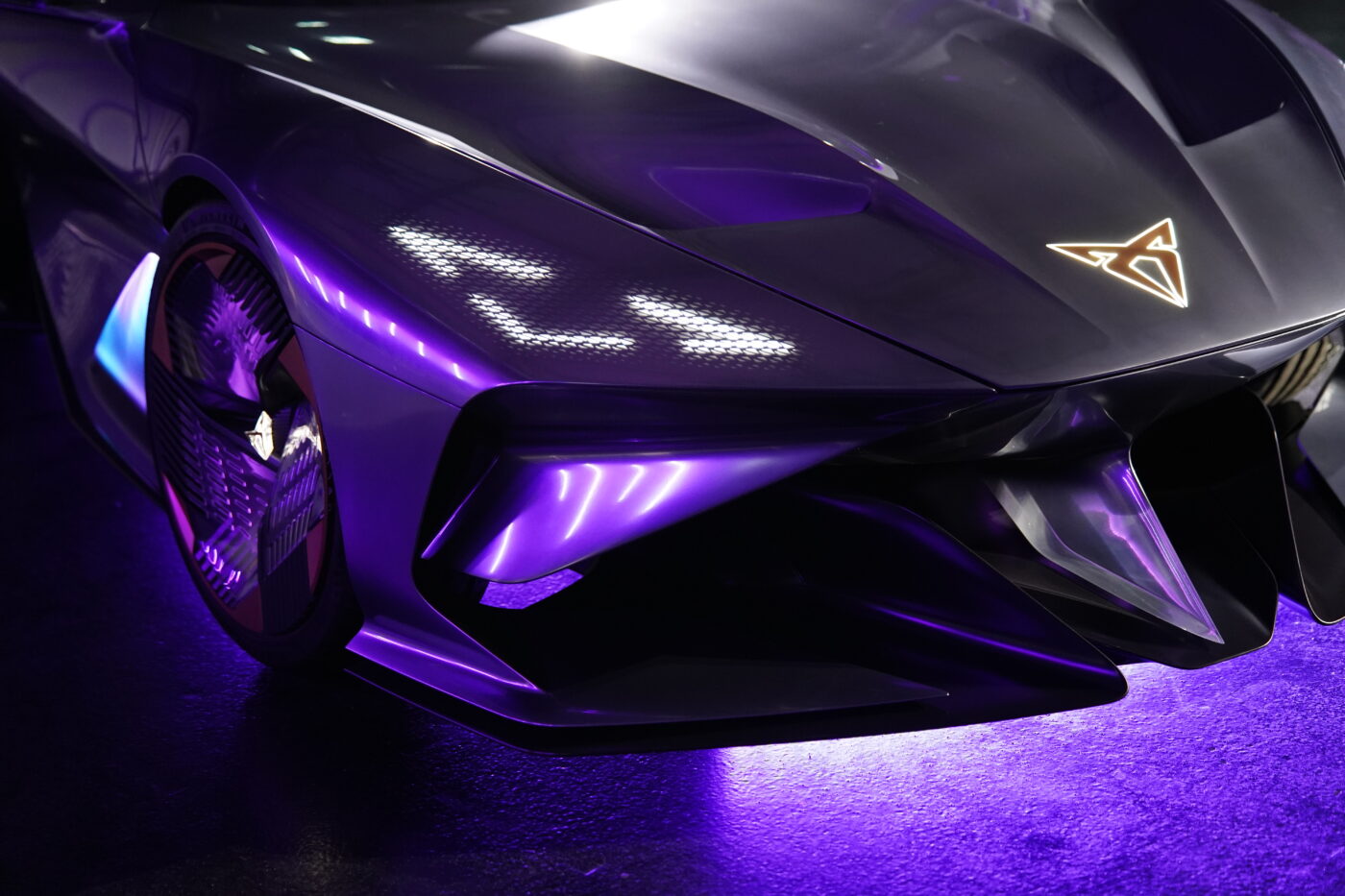 Light also plays a central role in the Spanish Volkswagen Group brand's exciting show car, starting with illuminated logos at the front and rear. "We also play with light and color in the interior," says designer Marin. "The color of the ambient lighting, for example, shows whether the air conditioning is currently heating or cooling." Another exciting feature is the triangular light signature, which shimmers directly and discreetly out of the Dark Rebel's bodywork at the front and rear and also forms the daytime running lights with light triangles at the front.
Light also plays a central role in the Spanish Volkswagen Group brand's exciting show car, starting with illuminated logos at the front and rear. "We also play with light and color in the interior," says designer Marin. "The color of the ambient lighting, for example, shows whether the air conditioning is currently heating or cooling." Another exciting feature is the triangular light signature, which shimmers directly and discreetly out of the Dark Rebel's bodywork at the front and rear and also forms the daytime running lights with light triangles at the front.
 Incidentally, an electric motor with over 331 kW (450 hp), which could catapult the Dark Rebel from 0 to 100 km/h in less than four seconds, provides the appropriate drive. It's almost a shame that this all-electric designer dream will probably never see the light of day in series production. But we will probably see the design language or details such as the lighting design on future Cupras. And until then, the Dark Rebel remains the ultimate example of the power that design can have when building a brand like the young Seat offshoot Cupra.
Incidentally, an electric motor with over 331 kW (450 hp), which could catapult the Dark Rebel from 0 to 100 km/h in less than four seconds, provides the appropriate drive. It's almost a shame that this all-electric designer dream will probably never see the light of day in series production. But we will probably see the design language or details such as the lighting design on future Cupras. And until then, the Dark Rebel remains the ultimate example of the power that design can have when building a brand like the young Seat offshoot Cupra.
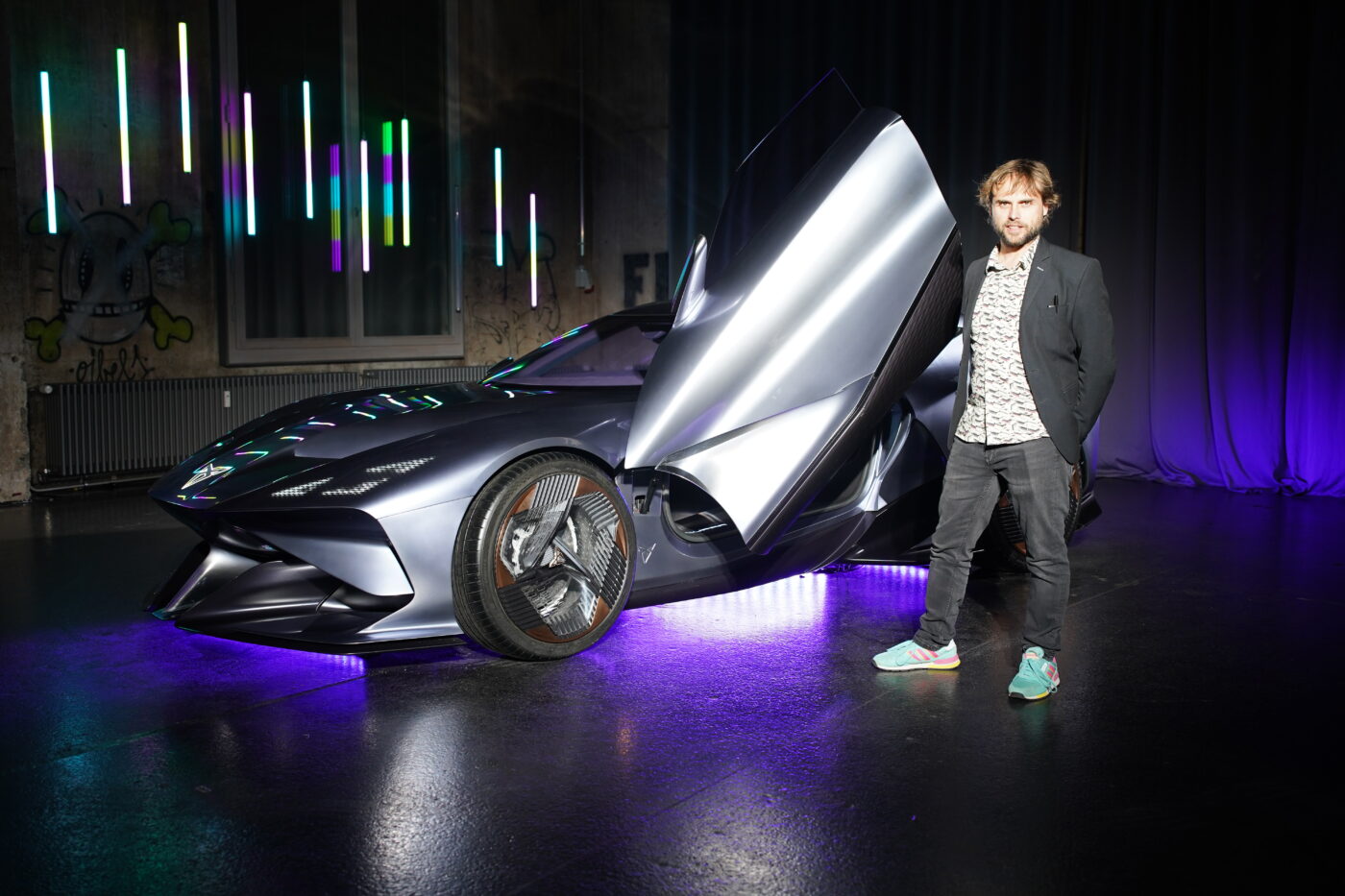








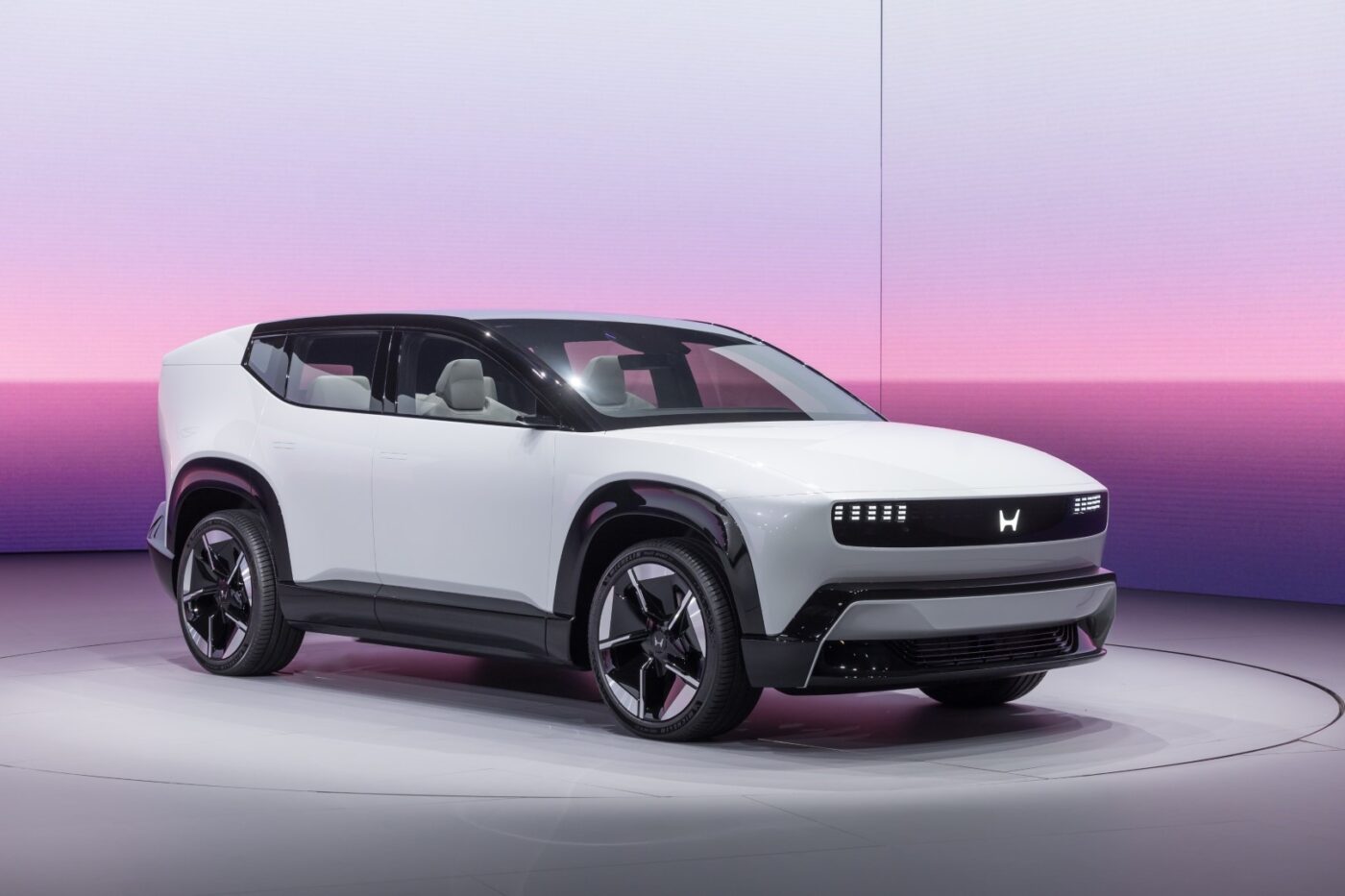






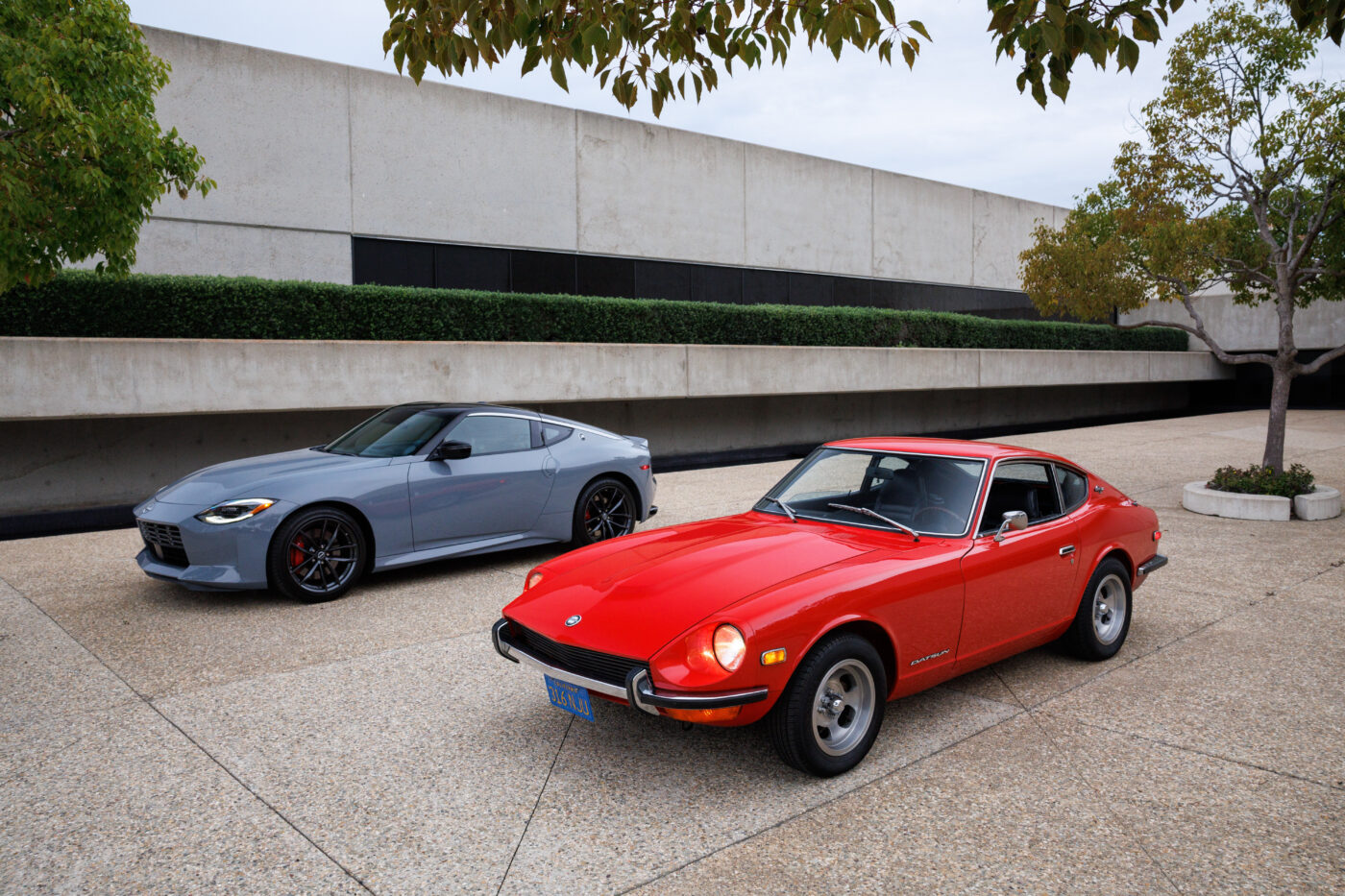
 And this is not just about one-offs. The homologation for the type certificate of the vehicles imported from the USA is currently underway. This means that the Z will be officially registered in Switzerland - a step that will make it more accessible to fans and collectors. All.cars is unable to estimate how many vehicles will be sold. "It's also not about making big money with it. It was a real beer idea from a couple of fellow mechanics," says All.cars. The idea remained convincing even when viewed soberly. So they flew to California and found a partner for vehicle delivery.
And this is not just about one-offs. The homologation for the type certificate of the vehicles imported from the USA is currently underway. This means that the Z will be officially registered in Switzerland - a step that will make it more accessible to fans and collectors. All.cars is unable to estimate how many vehicles will be sold. "It's also not about making big money with it. It was a real beer idea from a couple of fellow mechanics," says All.cars. The idea remained convincing even when viewed soberly. So they flew to California and found a partner for vehicle delivery. The first deliveries are scheduled for April and a dealer and service network is currently being set up. Three equipment variants will be offered: Sport, Performance and Nismo. Each comes with a manual 6-speed gearbox or 9-speed automatic transmission. The price list starts at 67,690 Swiss francs, the Performance is available from 69,690 Swiss francs and the Nismo from 84,690 Swiss francs. Otherwise, the equipment list remains short: the paint finish and interior color can be selected for a small surcharge, nothing else.
The first deliveries are scheduled for April and a dealer and service network is currently being set up. Three equipment variants will be offered: Sport, Performance and Nismo. Each comes with a manual 6-speed gearbox or 9-speed automatic transmission. The price list starts at 67,690 Swiss francs, the Performance is available from 69,690 Swiss francs and the Nismo from 84,690 Swiss francs. Otherwise, the equipment list remains short: the paint finish and interior color can be selected for a small surcharge, nothing else.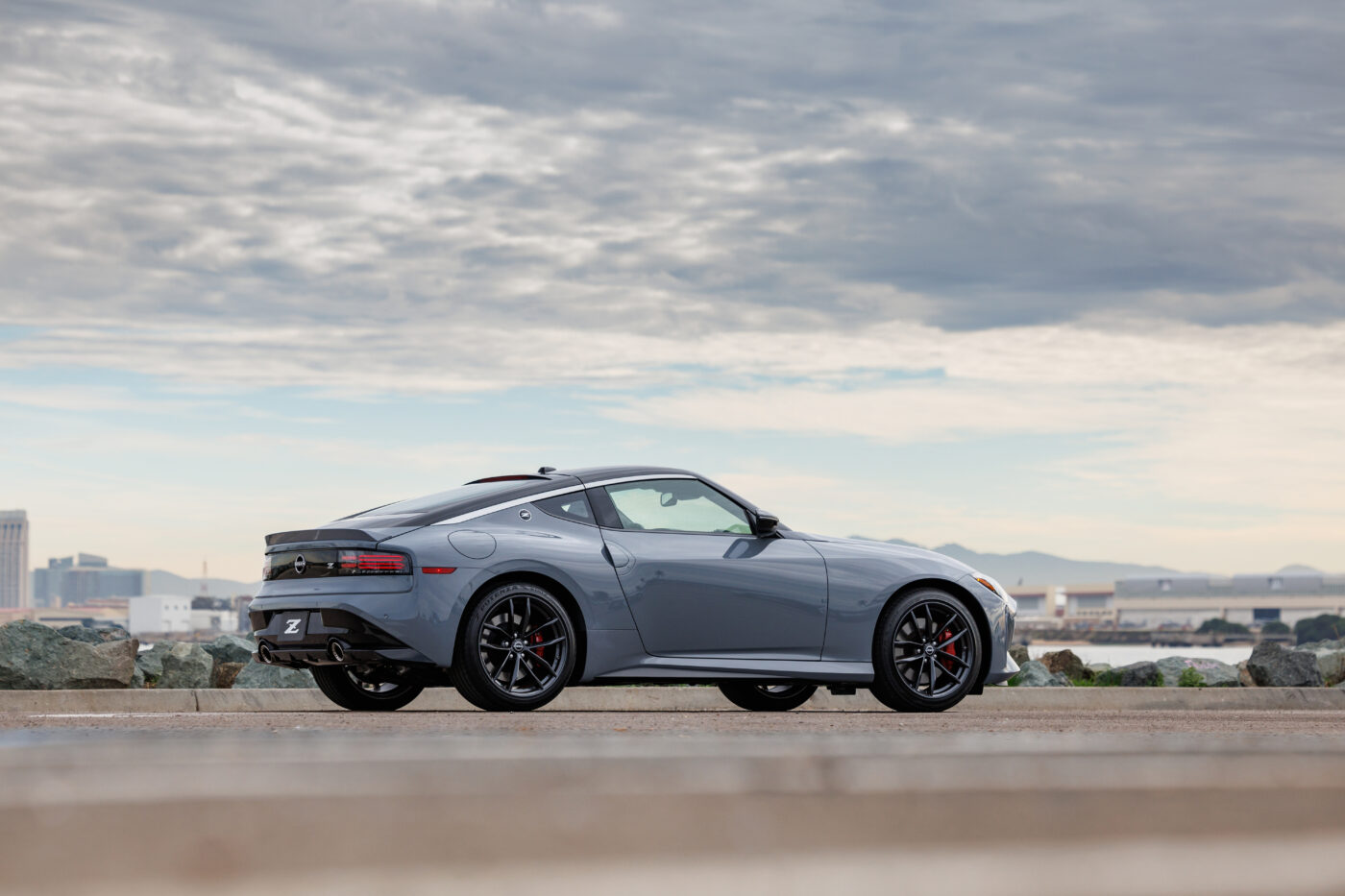
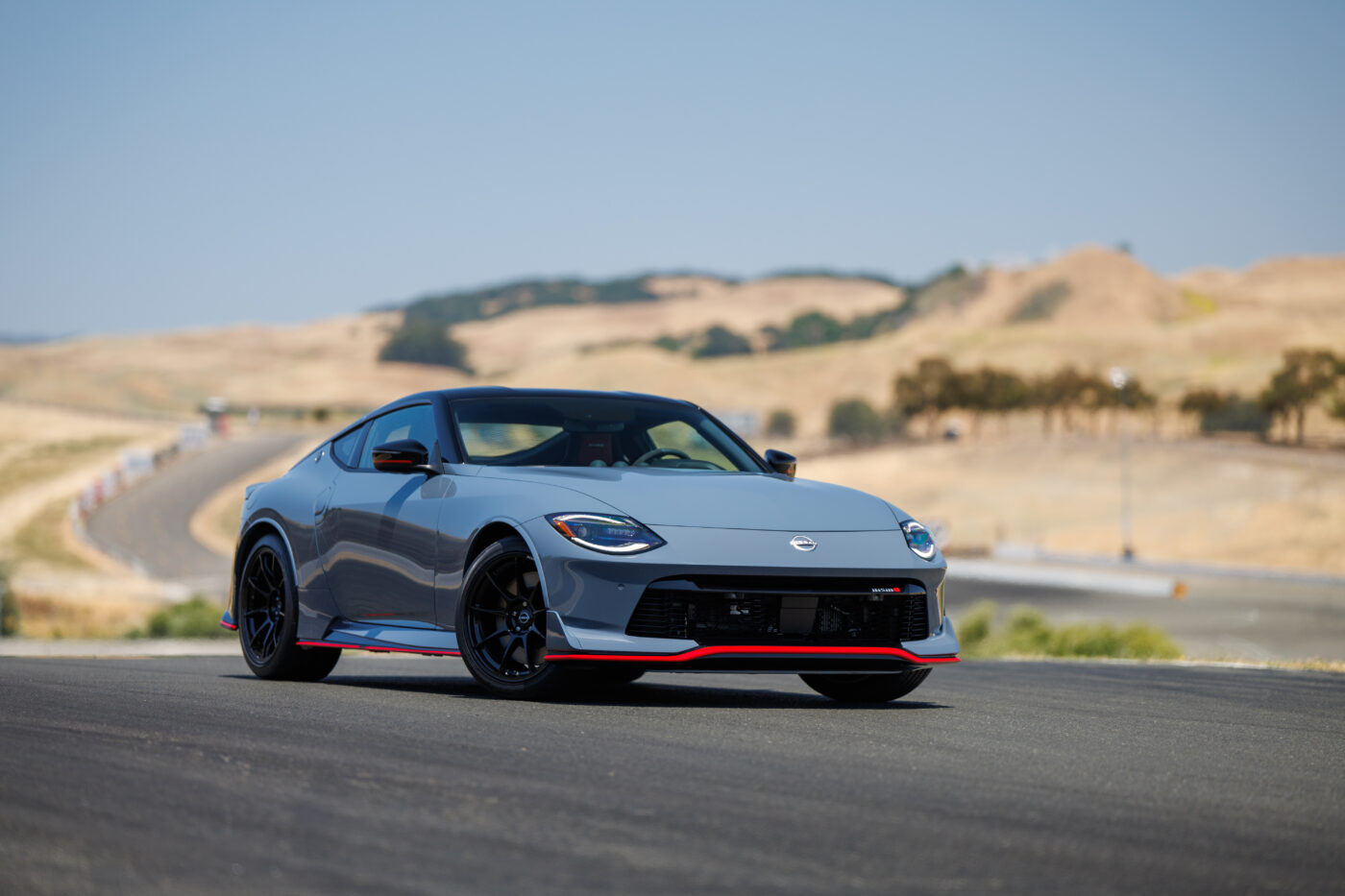



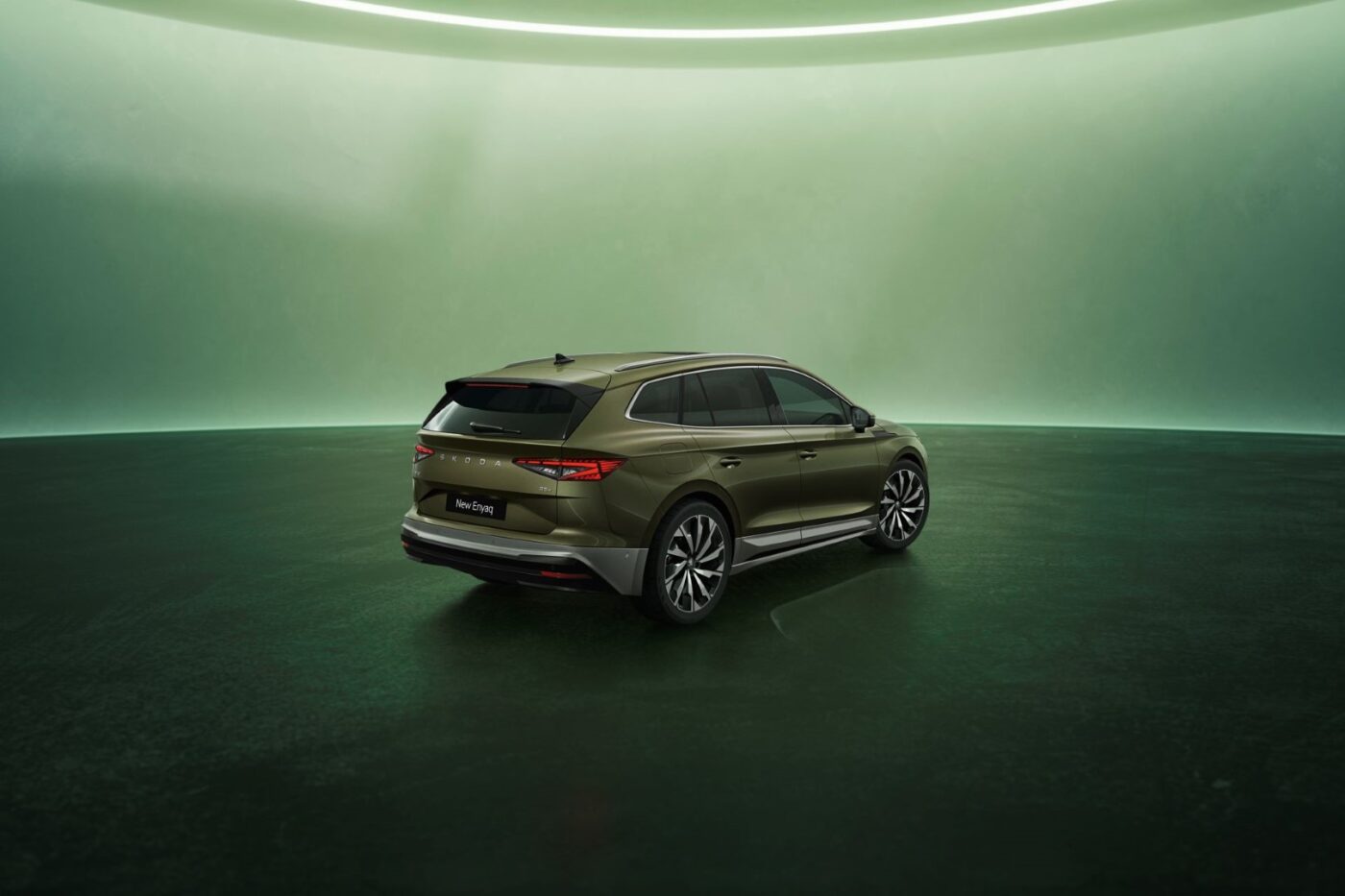
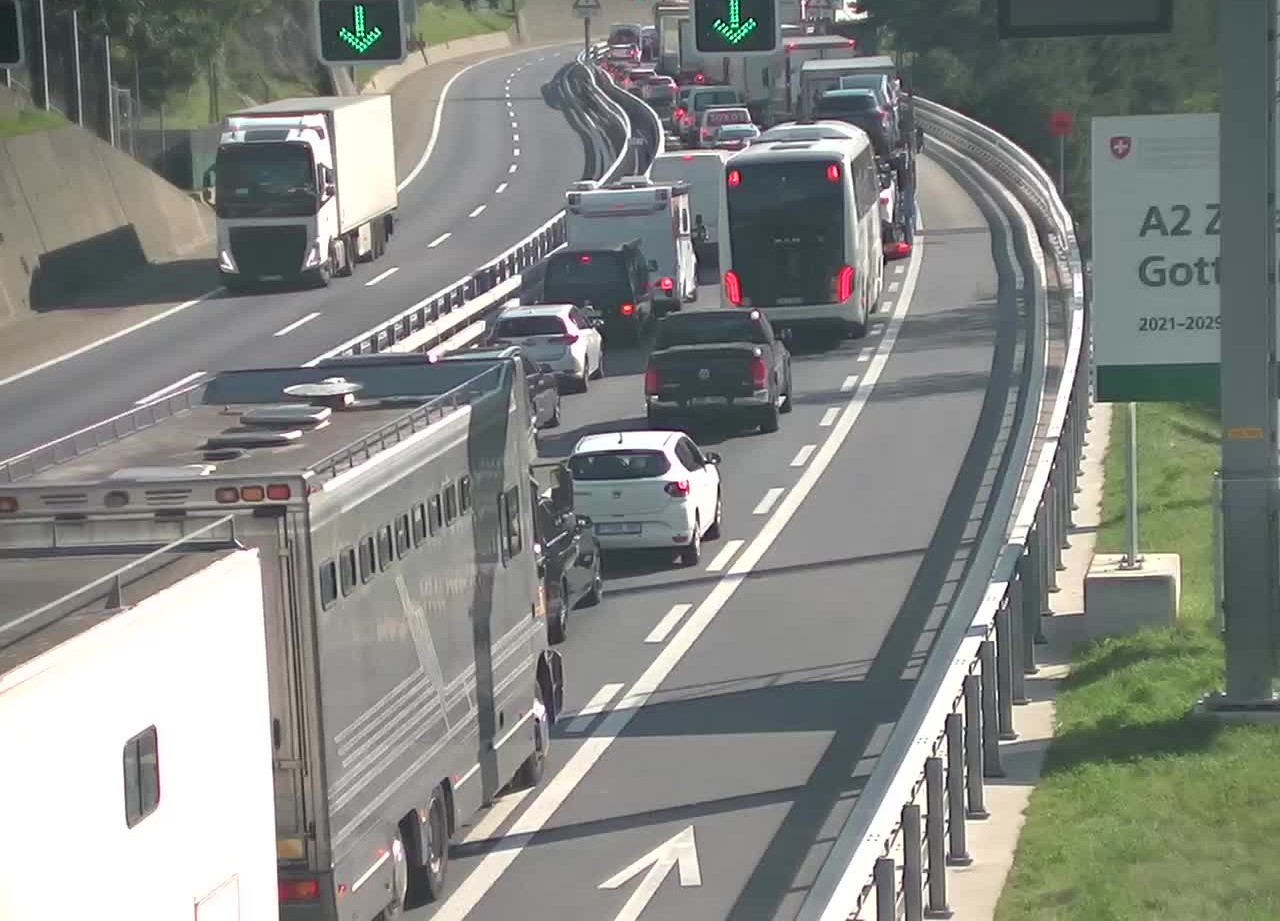
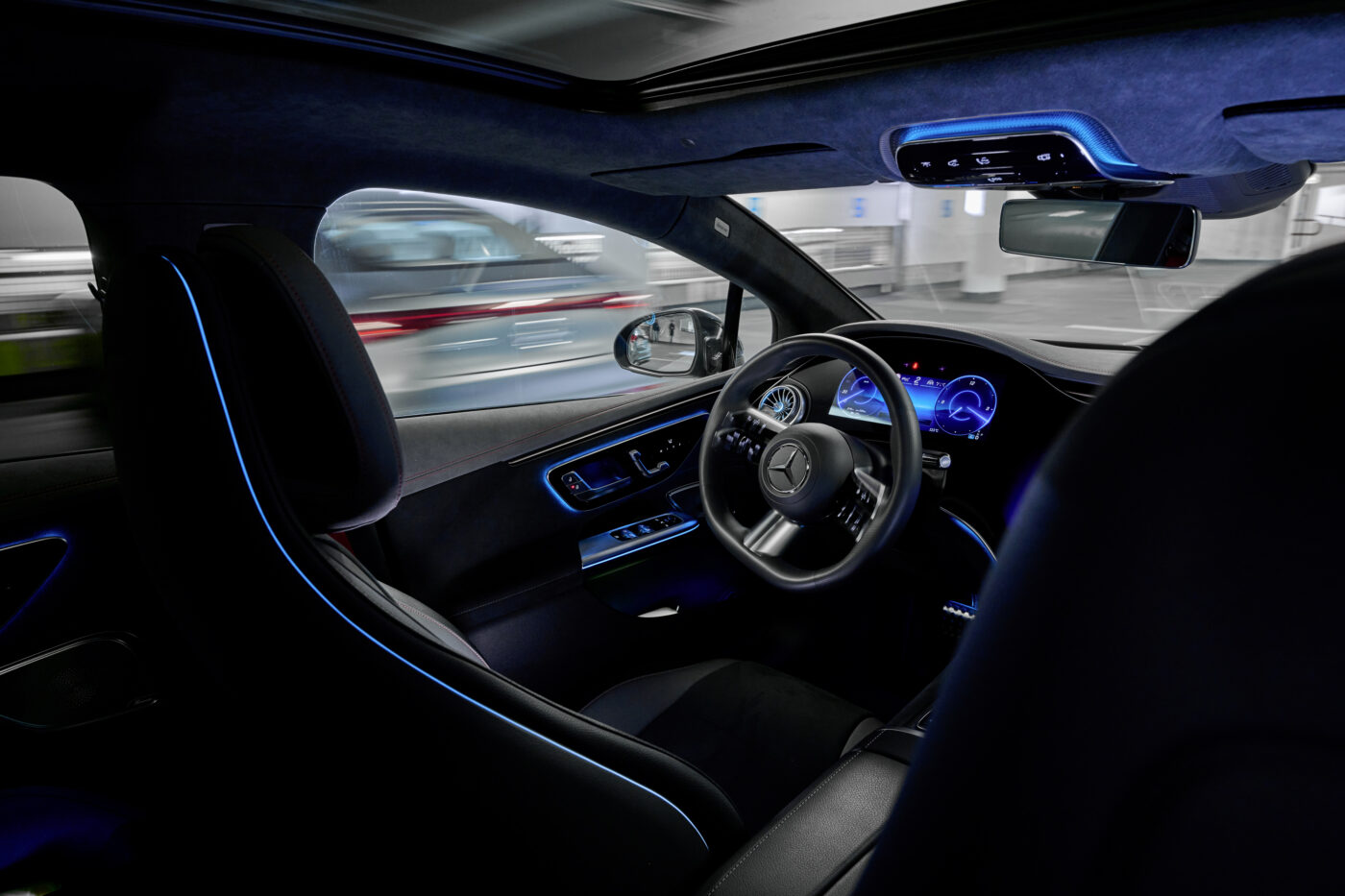
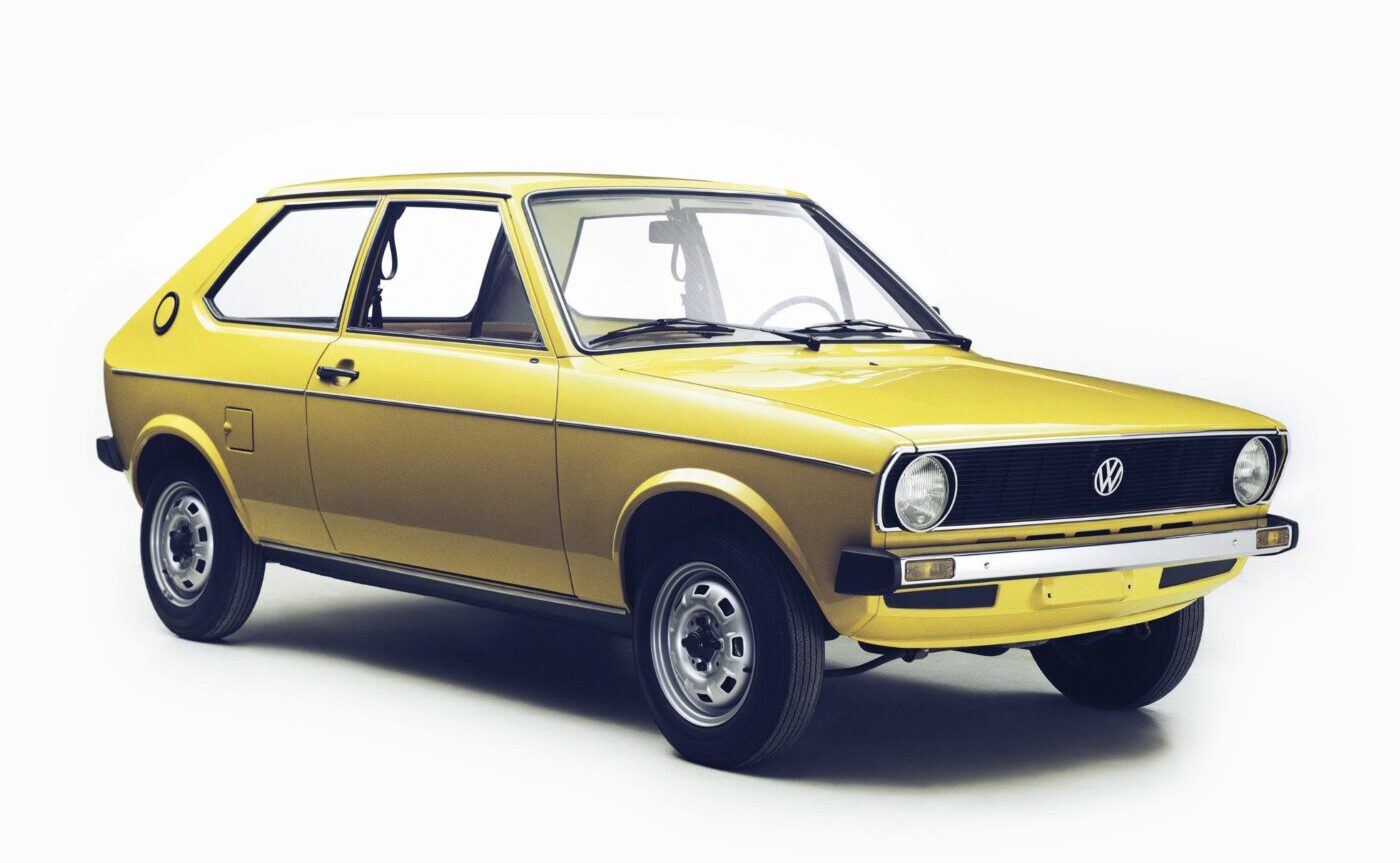
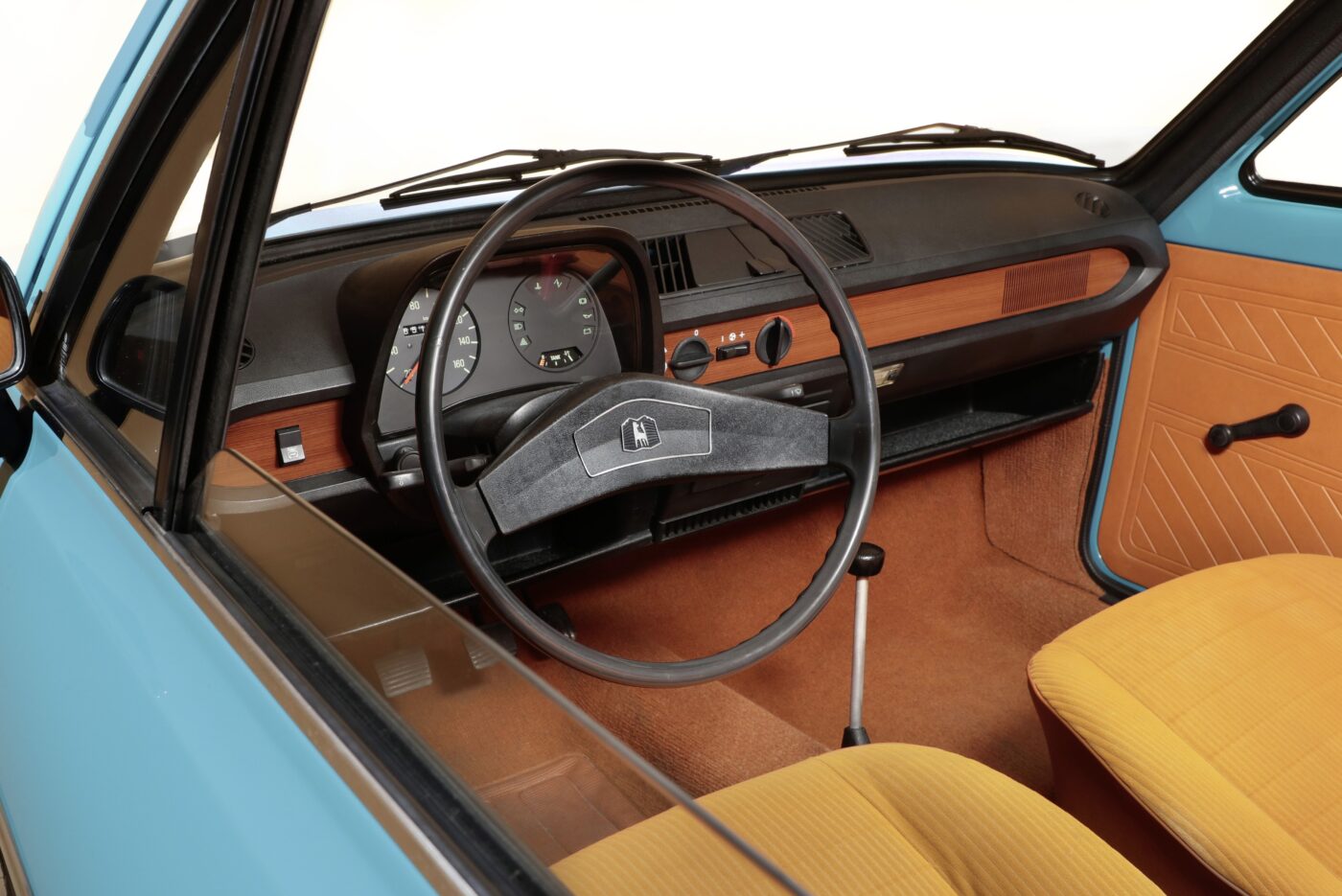
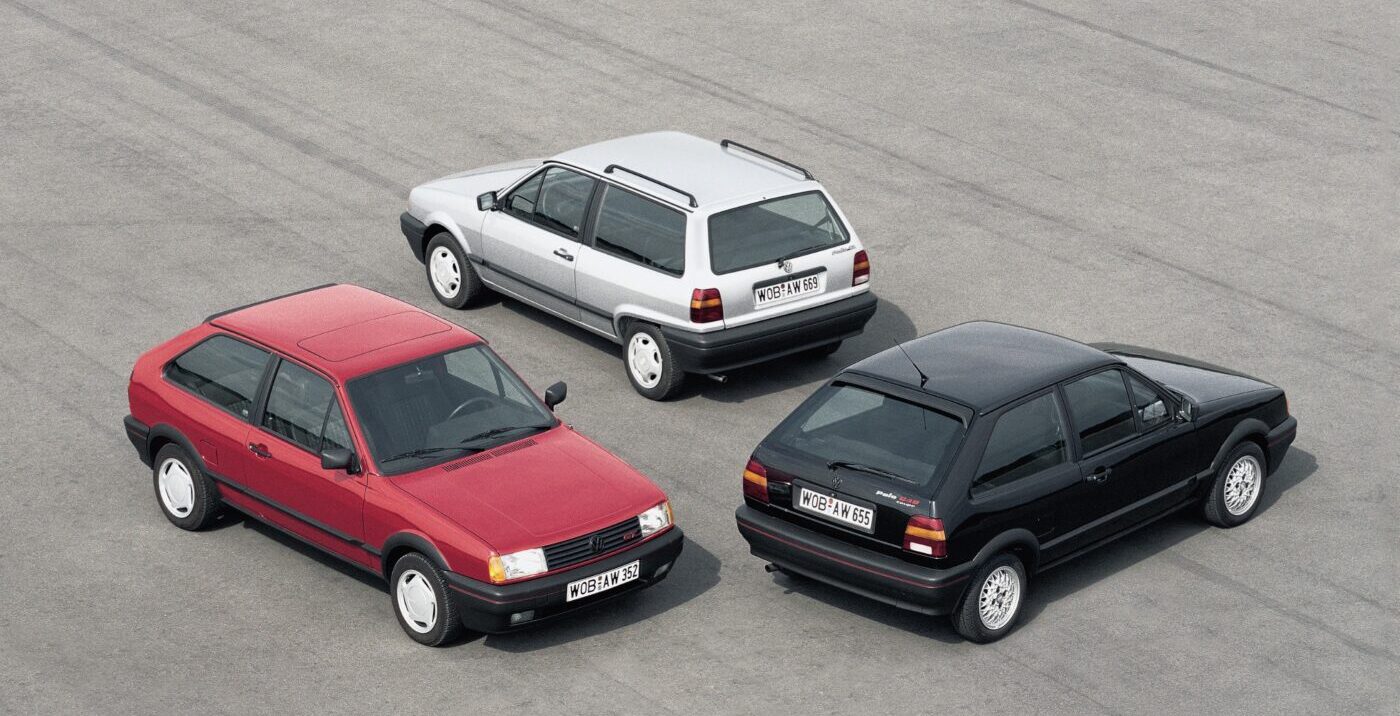


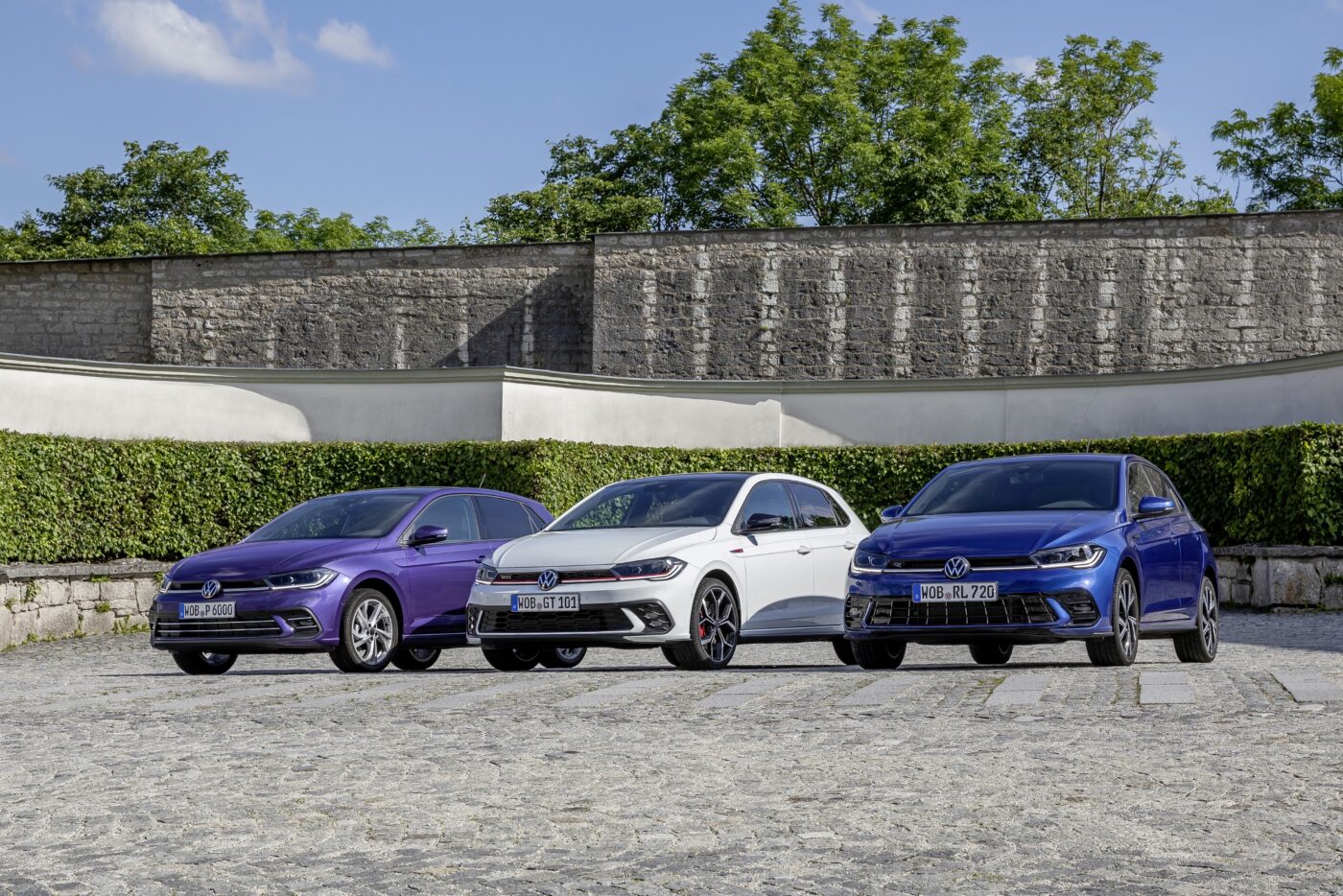
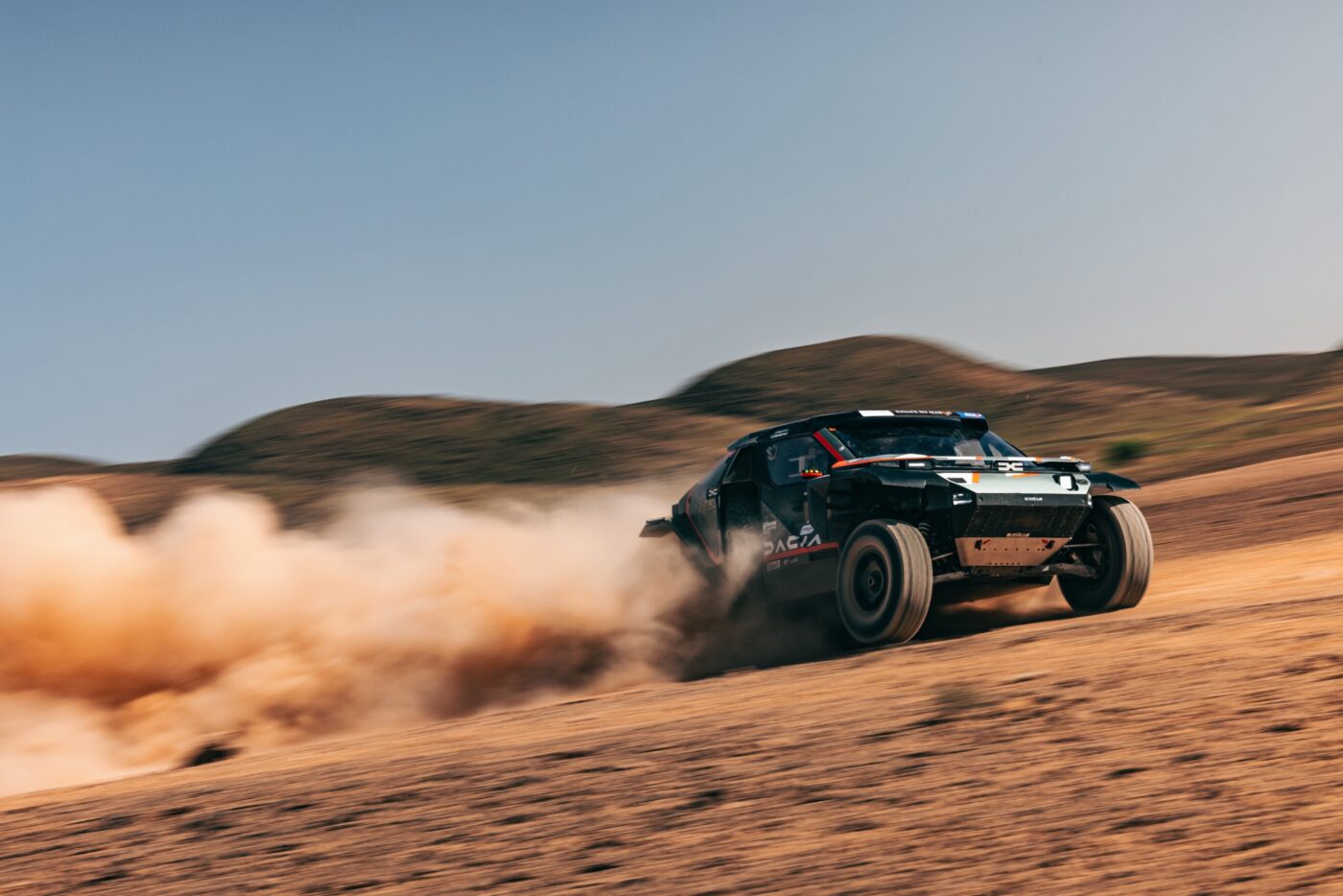
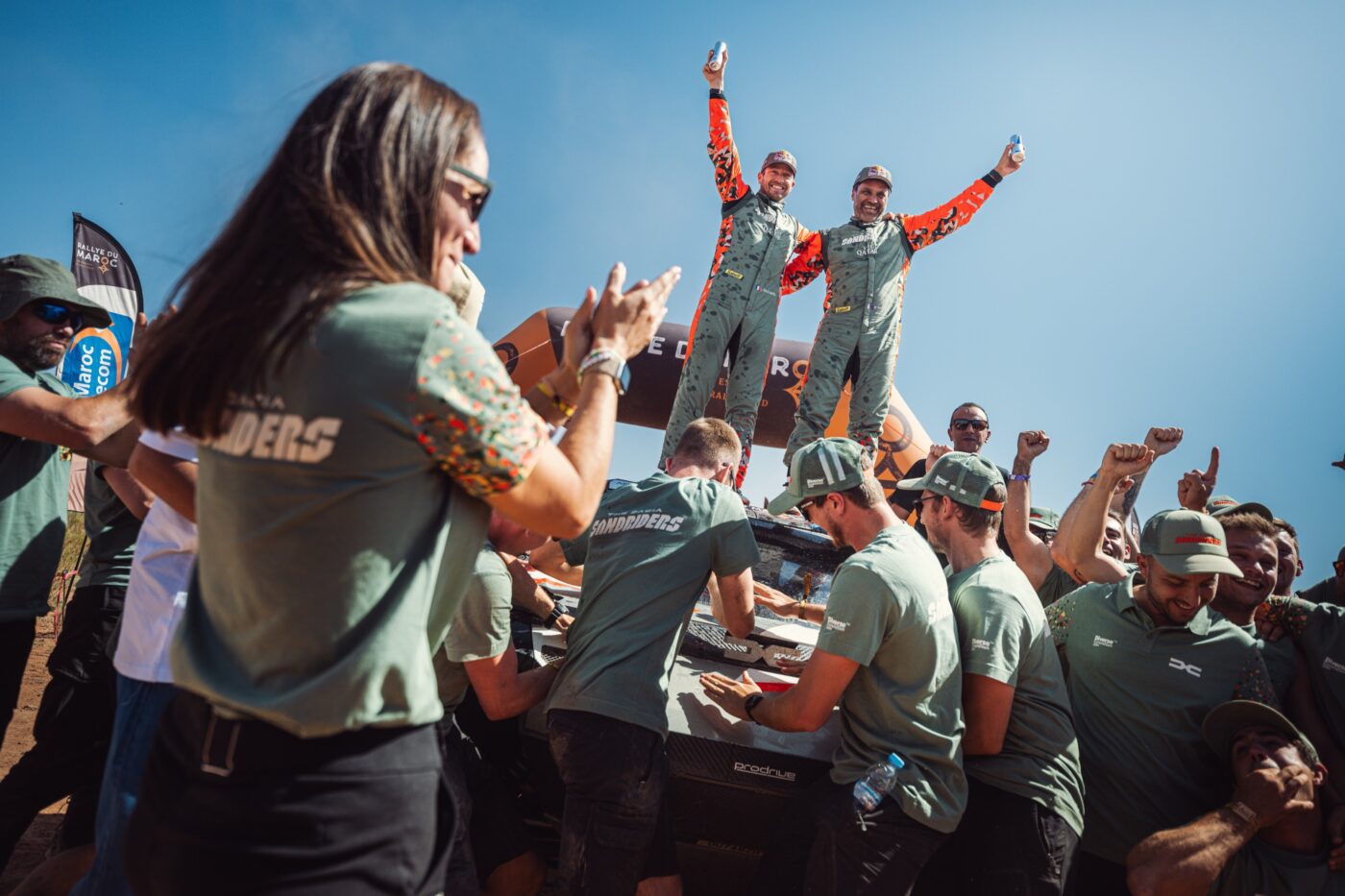

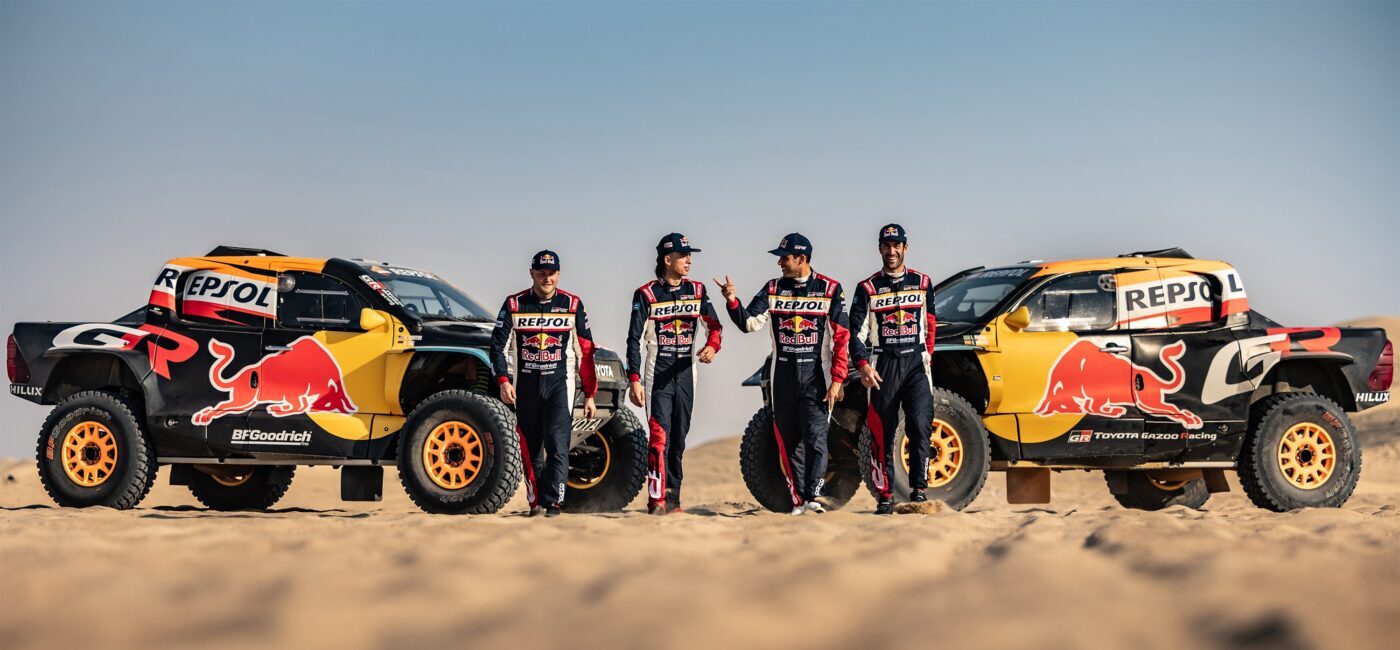


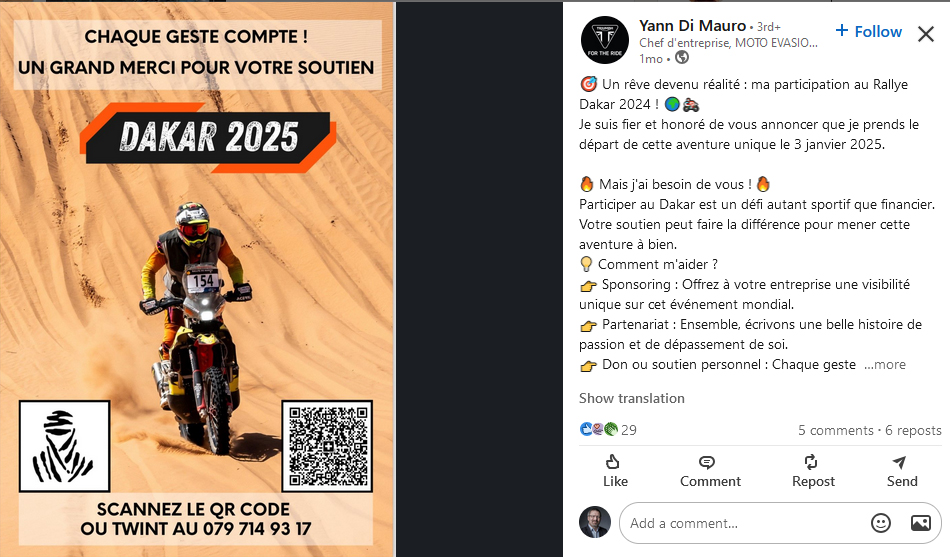
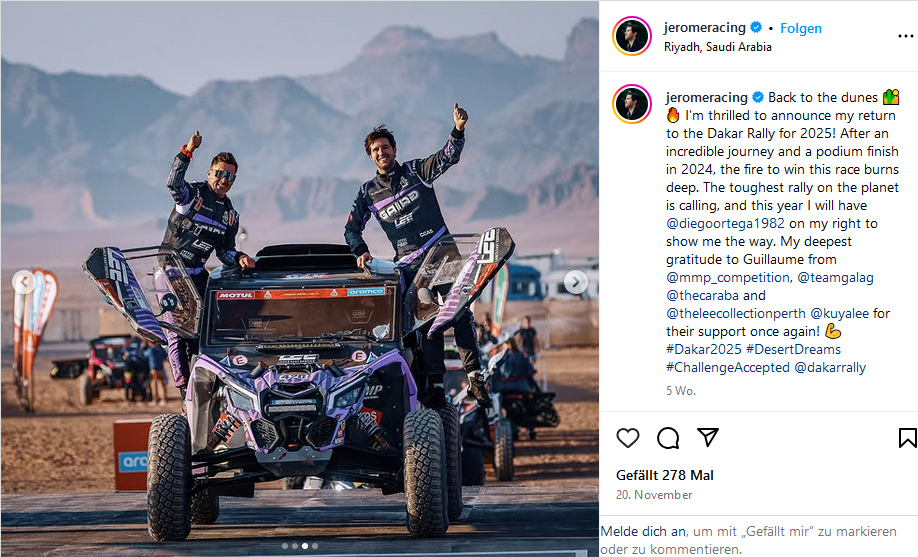

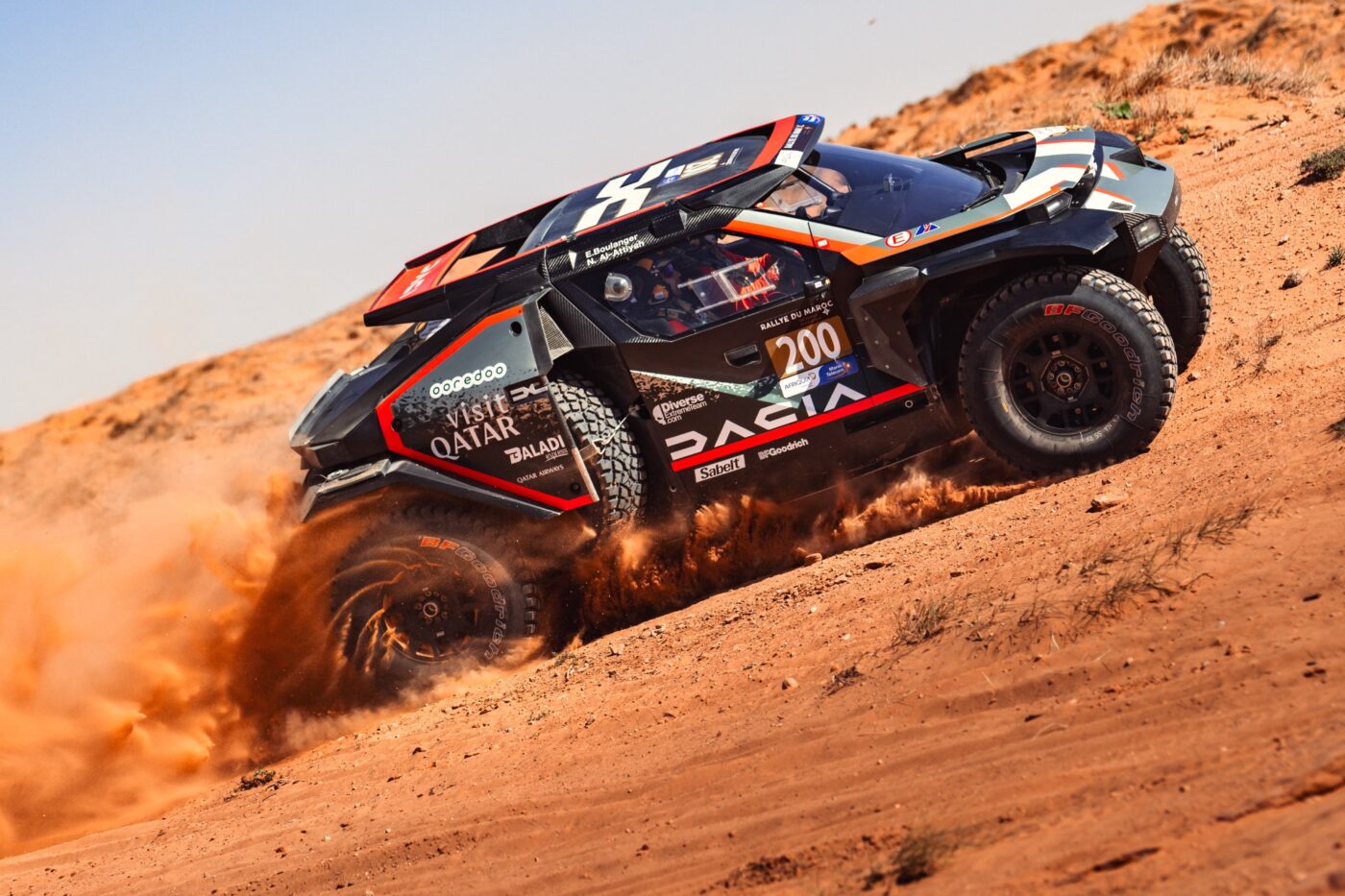
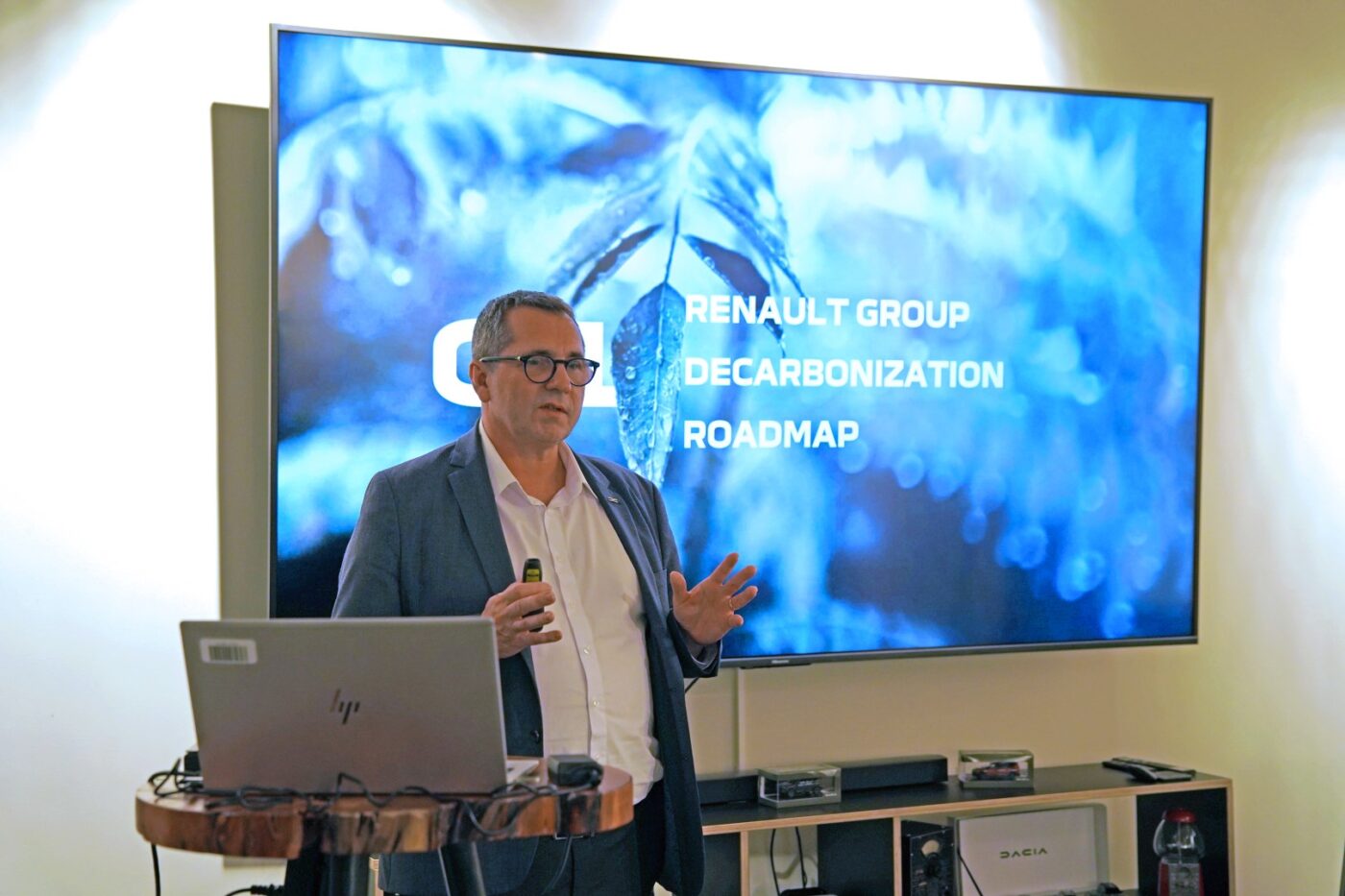
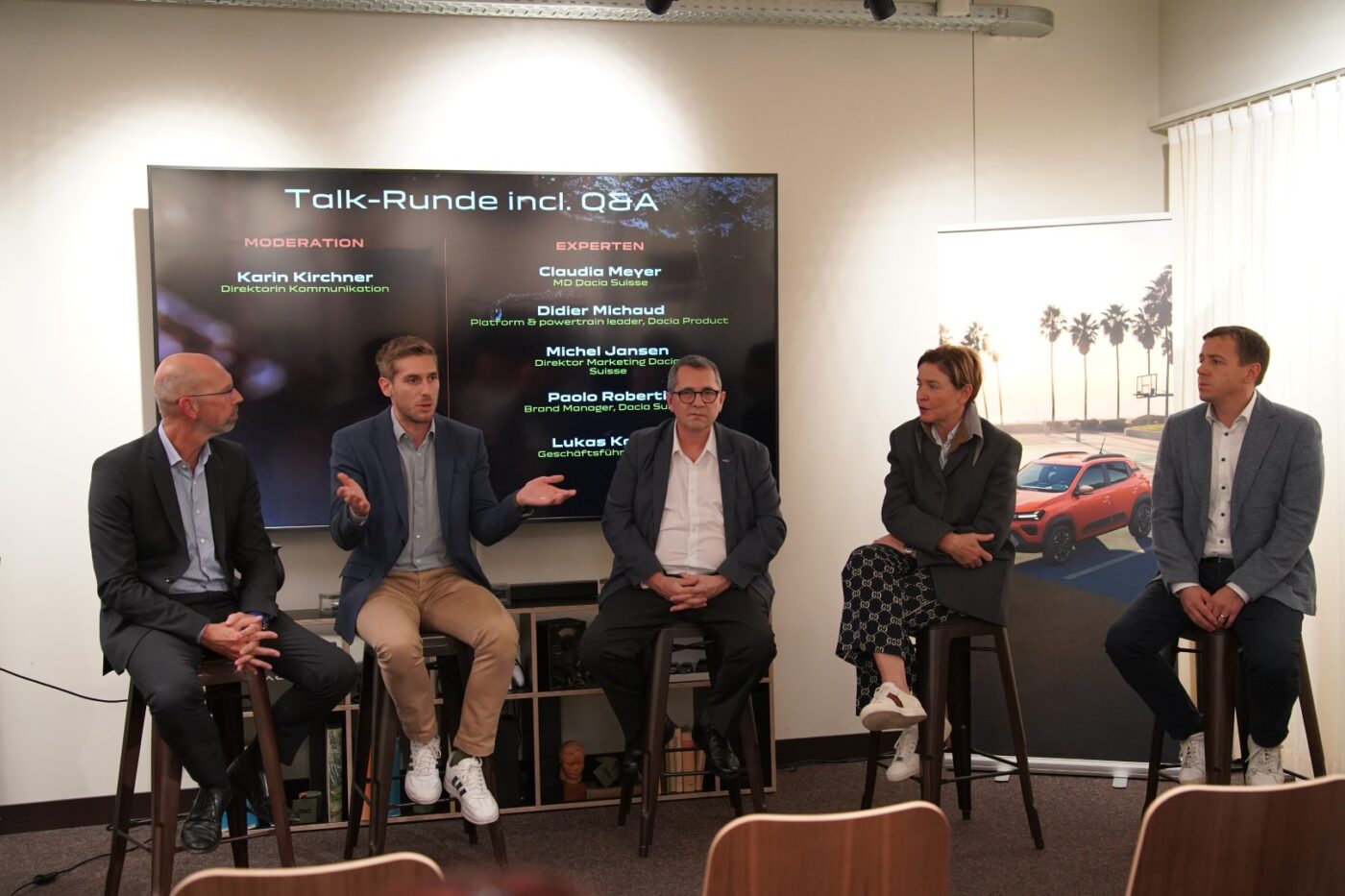
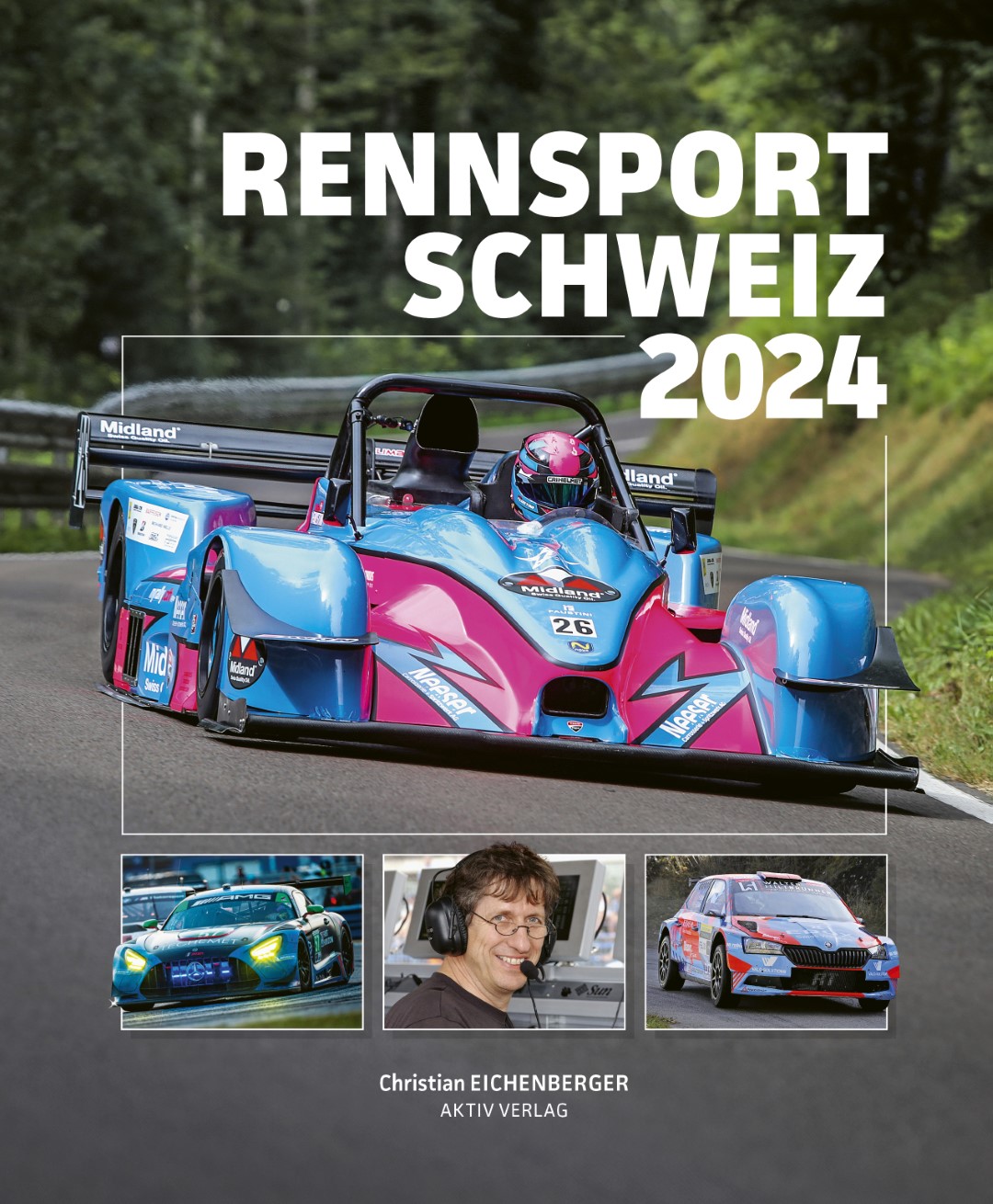

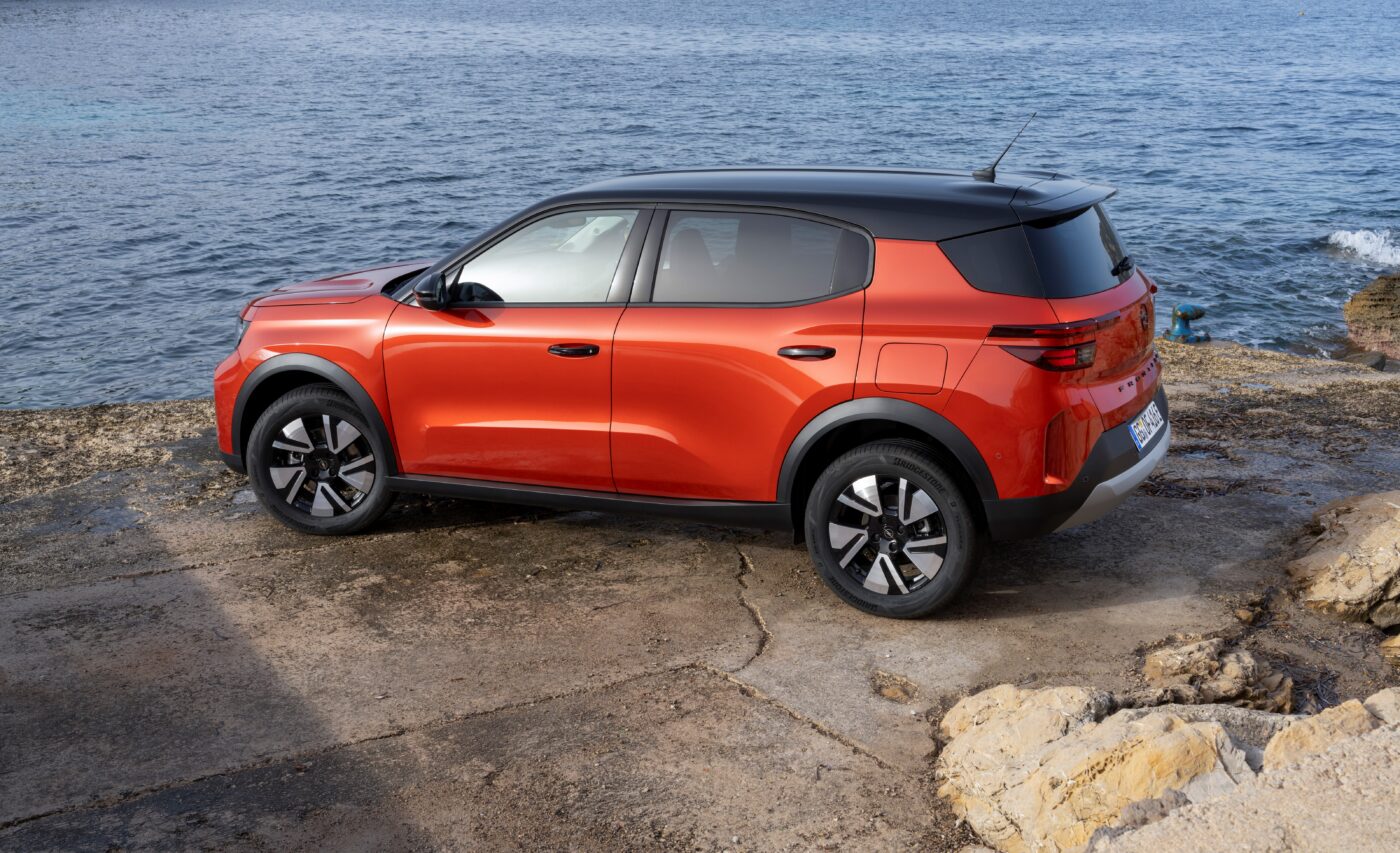 Photos: Opel
Photos: Opel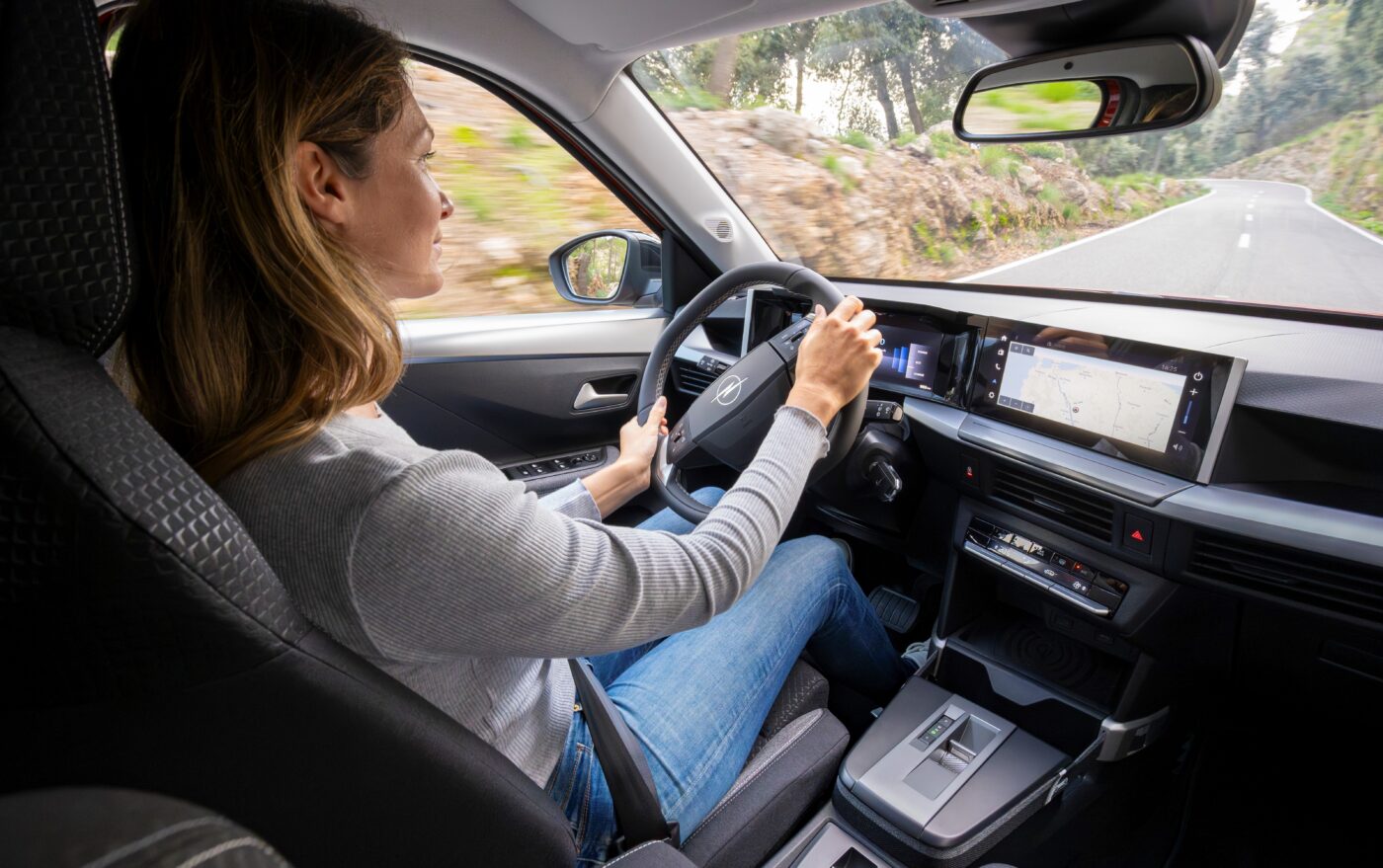 A flexible strap, known as the Flex Strap, ensures that tablets and bottles are held securely in the center console. There is also a compartment for wireless phone charging and four USB-C ports. The luggage compartment has a capacity of 460 liters and can be increased to up to 1600 liters by folding down the split rear seat backrest.
A flexible strap, known as the Flex Strap, ensures that tablets and bottles are held securely in the center console. There is also a compartment for wireless phone charging and four USB-C ports. The luggage compartment has a capacity of 460 liters and can be increased to up to 1600 liters by folding down the split rear seat backrest.